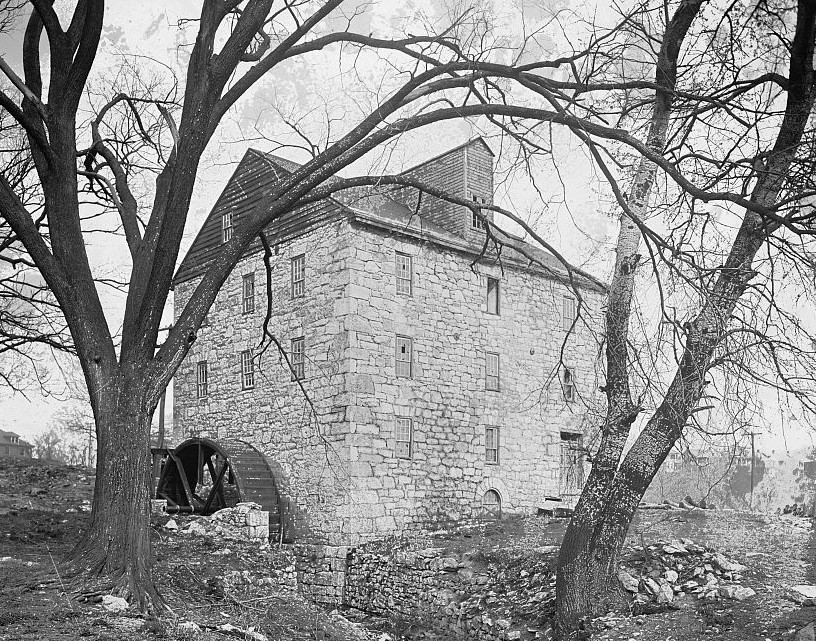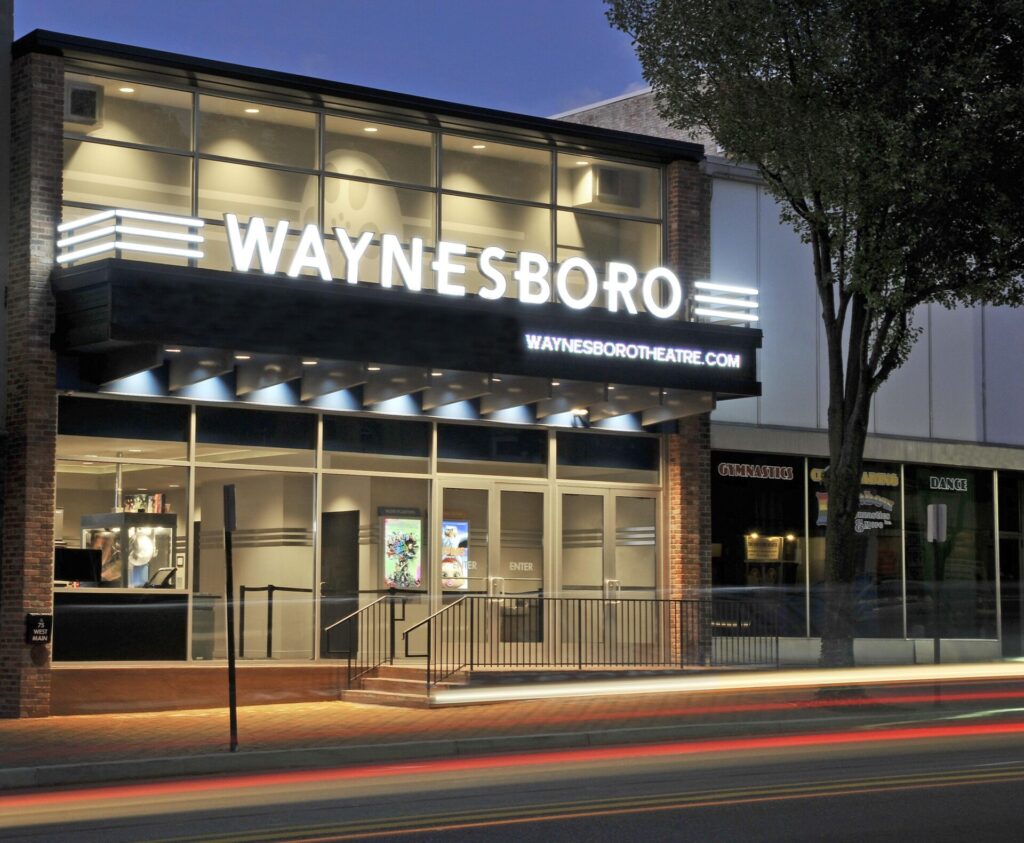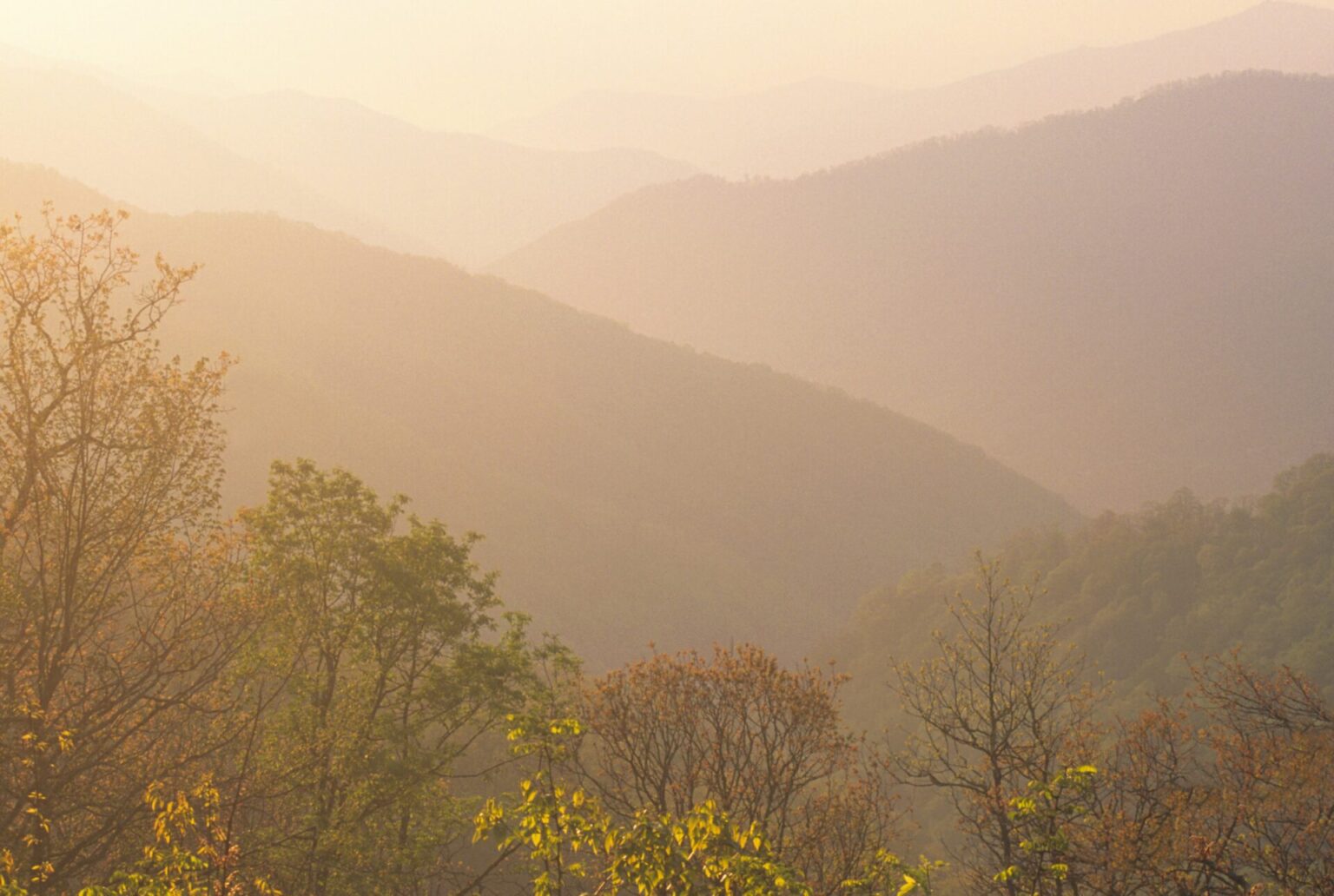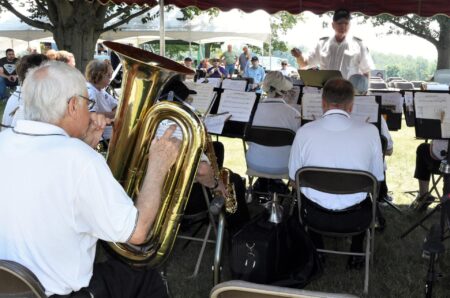Many American towns with historic pedigrees were once known by different names. Other communities earned long-standing monikers due to nearby geologic features, a formidable founding settler, unique cultural characteristics, or a memorable brush with history. Cities and villages in Washington County, Maryland and Franklin County, Pennsylvania illustrate many reasons how these town names originated and evolved. A few remain a mystery.
After the United States gained independence, America’s rural landscape was soon populated with immigrant settlers. Many old-country references were incorporated into the root of town’s names. Many communities ended with ‘Burg’ or ‘Ville’ and some with ‘Ton’- each pointed to European influences.
In Pennsylvania, ‘Burg’ was common due to the large ancestral German population of early citizens. A Burg denoted a fortified city or castle in Germany and also possessed Dutch influences. Mercersburg is a historic local example, the boyhood home of the 15th U.S. President, James Buchanan. Sharpsburg in Maryland gained international notice for an epic Civil War battle.
‘Ville’ came from French origin which referred to a farm or village. Fayetteville, Pennsylvania was named for the revered French nobleman Marquis de La Fayette, who volunteered to fight in the American Revolution. In Maryland, Keedysville was originally called Hess’s Mill, then later Centerville, before settling on its current town identity containing 1150 residents.

‘Ton’ was a British reference which signified an English estate or settlement. Weverton, Maryland sits at the southern tip of Washington County on the Potomac River’s northern shore. The former mill town was founded by Caspar Wever, a brilliant engineer for the B&O Railroad who was an expert in masonry arched bridges. Today above that hamlet, cliffs overlook the scenic Potomac near Harpers Ferry.
As further evidence of ample immigration, in Franklin County the community of Scotland commemorated an early settler’s proud Scottish heritage. Greencastle, PA was named for a beloved place in Northern Ireland’s Antrim Township.
In many locations, communities were ultimately bestowed with a founder’s name. But this end result often came after a town modeled a few other names first. Whether this process was due to the original settler’s polite modesty or was simply an organic process varied from town to town.
In modern-day Hagerstown, founder Jonathan Hager originally called his new village Elizabethtowne, honoring his wife. But locals persisted, referring to the town by Hager’s last name, and the Hagerstown title later became official. Chambersburg’s founder Benjamin Chambers called his settlement Falling Springs, after a nearby natural feature, but that town eventually immortalized his name too.

The natural world held great influences when creating town names. In Washington County, Clear Spring and Big Pool were homages to natural waterscapes, while Williamsport was a capitalist venture on the Potomac River. Cavetown was named to denote one of the first major caverns discovered in Maryland.
The Appalachians were also influential. Towns along the spine of South Mountain used poetic references to celebrate their alpine heritage and proximity to these ancient mountains. Modern-day Mont Alto (meaning ‘high mountain’) was originally called Funkstown after its founder- then later answered to Altodale. Nearby Blue Ridge Summit signifies one of the largest mountaintop plateaus along that storied mountain chain.
In the late 1800s, a charming Maryland village named Mechanicstown wanted to distinguish itself from similarly named towns nearby. A local newspaper editor suggested a name change to ‘Thurmont’- combining ‘thur’ meaning entrance with ‘mont’ signifying mountains. A local real estate broker conjured the name Blue Mountain City as a second alternative. A feud erupted between these two men, each yearning to win a naming-rights battle. Eventually, the town’s citizens voted for the first entry and today’s Thurmont- ‘Gateway to the Mountains’ was officially christened in 1894.
Other area communities are named after wildlife roaming there. Bear Town and Beaver Creek are two examples, while ‘Claylick’ observes native animal’s dietary behavior.
Local industry also played a part in naming communities. The Old Forge, PA area harkens back to the age of the Hughes Furnace Company and Mont Alto Iron Works that financially supported local workers and their families.
A town’s geographic location, especially along the Mason-Dixon Line was paramount in some instances. Pen Mar was a famous mountain tourist destination during the Victorian Era, combining two state names. A community called Mason and Dixon (on the PA side of the famous demarcation) had a post office from 1868 to 1955. Another town called State Line is officially in Pennsylvania, but the southern part of that community exists as Middleburg, Maryland. Supposedly, a house exists in State Line that occupies land in both states.

Halfway, Maryland owns its uninspired name due to its midpoint location between Hagerstown and Williamsport. The Five Forks Community in Quincy Township got its name from a literal fork-in-the-road- a local intersection.
The community of Waynesboro experienced multiple name changes early in its history, due to several factors. When John Wallace started his Pennsylvania settlement near Antietam Creek, he called it ‘Mount Vernon’ as a tribute to George Washington’s Virginia estate. Later, as John’s sons inherited the tract and laid out building lots, ‘Wallacetown’ was the name most locals called their new home.

But when John Wallace Jr. incorporated the town in 1797 he named it ‘Waynesburg’ after Revolutionary War Hero ‘Mad’ Anthony Wayne. This name was suitable until 1831 when a Federal postal law deemed no two towns in any state could share the same name. The dilemma: another Waynesburg existed in southwestern Pennsylvania’s Greene County. So, Franklin County’s Waynesburg community peacefully complied and officially re-chartered as Waynesboro. But Anthony Wayne proved to be a popular namesake, and today duplicate Waynesboro-named communities are found in Virginia, Georgia, Tennessee, and Mississippi.
No local map is complete without scattered crossroad villages and hamlets advertising quirky names. Often, their origins are lost to history, but these towns’ humorous or unusual titles still provoke wonder. ‘Vanilla’ is one example, an unincorporated town in Franklin County. It boasted a post office between 1902 and 1905, but no ice-cream parlors. Other unique-named local PA communities include Jugtown, Bear Lick, and Cheesetown.
In Maryland’s Washington County, the towns of Chewsville and Bagtown are found on the map, along with Dogtown, Fairplay, and Mousetown.
Is the era of unique new place names and changing town monikers gone forever? Most communities are happy with their modern identity. The cost and time to re-brand is normally prohibitive anyway. But a few scattered towns have made a conversion, usually to put distance between themselves and a bad original name.
One notable change was the Pennsylvania town of Mauch Chunk, which converted to the name ‘Jim Thorpe’ in 1954. Thorpe was a famous Native American Olympic athlete from Oklahoma (who attended school at Carlisle PA). He never stepped foot in the PA town later named for him. But Thorpe’s mortal remains were later moved to the previously called Mauch Chunk community.
This area’s early settlers created towns on the western pioneer and sought protection from natives and potential foreign invaders. For this purpose, some communities started as forts or outposts. Fort Loudon in Franklin County is an example of these early fortifications. Built in 1756 during the French and Indian War, the fort was named for the 4th Earl of Loudoun. Today the town bearing his name has a population of 900 and a replica fort stands there.

In addition to Anthony Wayne and Lafayette, other military men have inspired town names across the country. Ringgold Maryland was named for Samuel Ringgold, the first military officer killed during the Mexican American War. Ringgold was a native Marylander and lauded during his era- he is mourned in the state song Maryland My Maryland.
Many of the area’s long-ago families also inspired town names. The Zittle’s of Maryland’s Zittlestown and the Zullinger’s who founded the village of Zullinger, Pennsylvania are two clans so honored. These settlers were hardworking people whose obscure names are still uttered today.
When driving through the local landscape, or simply considering the variety of community names in Franklin and Washington Counties, the region’s rich tapestry of American and natural history comes alive. Embedded in these town names are stories of settlers who arrived here, put down roots, fought for survival, and passed their legacies to succeeding generations. Their triumphs and tribulations were shaped by a frontier landscape and unforeseen events, which created the rich heritage of names still enjoyed today.






















